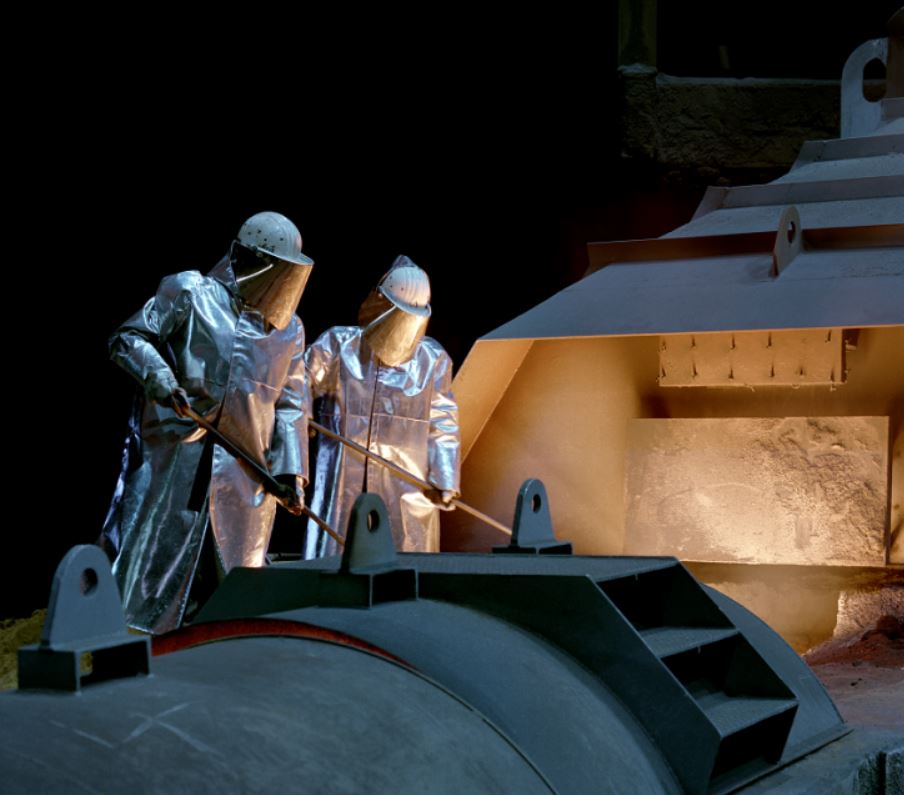From pv magazine Global | via the Hydrogen Stream
GlobalData has predicted that growing public support and rapidly expanding low-carbon hydrogen capacity will drive the global electrolyser market to 8.52 GW by 2026. In a new report, it noted that electrolyser capacity has doubled over the past five years, to around 0.3 GW by the middle of 2021. Global hydrogen production from electrolysers could exceed 8 million metric tons by 2030, it said, adding that the Asia-Pacific region has thus far dominated demand for electrolyser capacity.
BP and Thyssenkrupp have signed a memorandum of understanding to develop long-term supplies of low-carbon hydrogen and renewable power for steel production. The companies will explore supply options for blue and green hydrogen, as well as power from wind and solar generation through power purchase agreements. Thyssenkrupp Steel aims to replace coal-fired blast furnaces with direct reduction plants where iron ore is reduced with low-carbon hydrogen, in order to make steel production climate-neutral over the long term, said the German industrial group.
Nel Hydrogen has secured a purchase order from Viva Energy for a MC500 containerised PEM water electrolyser. “The electrolyser will be the biggest in Australia and provide green hydrogen to a fleet of heavy fuel cell vehicles,” said the Norwegian company. Earlier this month, Nel Hydrogen won a purchase order for an alkaline electrolyser system from Skovgaard Energy Aps in Lemvig, Denmark. The electrolyser system will be used to produce green ammonia with wind and solar.
The International Renewable Energy Agency (IRENA) said that international trade via pipelines and ships could support about one-quarter of global hydrogen demand. “With falling costs of renewables and the hydrogen potential exceeding global energy demand by 20-fold, three-quarters of global hydrogen would still be produced and used locally in 2050. This is a significant change from today’s oil market, where the bulk is internationally traded,” said IRENA. It sees about half of all hydrogen being traded through repurposed gas pipelines, while shipped green ammonia would account for most of the other half.
Peugeot has allowed journalists to test its e-EXPERT Hydrogen van for the first time in trials in Rüsselsheim, Germany, where its production line is located. The van is based on a system featuring a battery that can be recharged from the mains, with a fuel cell-powered by hydrogen in the canisters under the vehicle floor.
The Commonwealth Scientific and Industrial Research Organisation (CSIRO), Australia’s national science agency, has agreed to collaborate with the US Department of Energy’s National Renewable Energy Laboratory (NREL) in the hydrogen sector. “A 100% renewable system would not be entirely made up of wind and solar, but include other renewables such as hydropower, biomass, and green hydrogen,” said CSIRO, noting that electrolyser costs are falling rapidly.
This content is protected by copyright and may not be reused. If you want to cooperate with us and would like to reuse some of our content, please contact: editors@pv-magazine.com.








1 comment
By submitting this form you agree to pv magazine using your data for the purposes of publishing your comment.
Your personal data will only be disclosed or otherwise transmitted to third parties for the purposes of spam filtering or if this is necessary for technical maintenance of the website. Any other transfer to third parties will not take place unless this is justified on the basis of applicable data protection regulations or if pv magazine is legally obliged to do so.
You may revoke this consent at any time with effect for the future, in which case your personal data will be deleted immediately. Otherwise, your data will be deleted if pv magazine has processed your request or the purpose of data storage is fulfilled.
Further information on data privacy can be found in our Data Protection Policy.